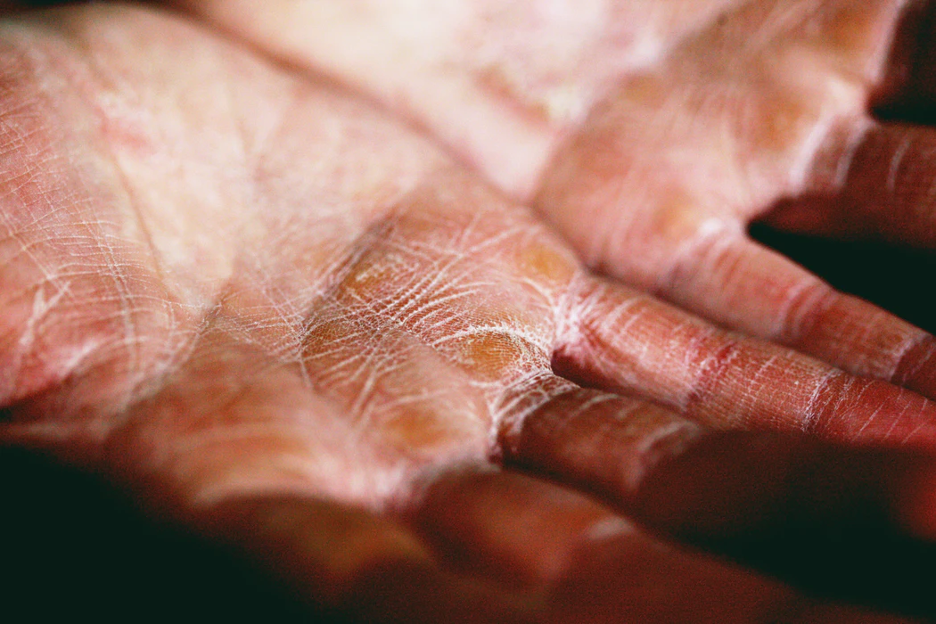Key Takeaways
· Red light sauna treatments offer targeted help for redness, inflammation, and itchiness with proven results for eczema management.
· Consistent therapy encourages faster healing and less scarring and supports broader infrared sauna health benefits for skin and recovery.
· Larger units like infrared sauna indoor 2 person or full panels make at-home therapy effective for localized and body-wide symptoms.
· Enhanced blood flow and ATP energy production lead to quicker recovery from flares and boost skin wellness.
· Easy home infrared sauna installation enables private, convenient sessions and smoother symptom relief for eczema sufferers.
Approximately 31.6 million people (10.1 percent of the US population) have eczema, which includes several types and causes symptoms ranging from dryness to inflammation.
Due to its prevalence, many solutions are recommended, but one of the best is red light therapy. Also called RLT or photo biomodulation, this modality uses red light sauna power for both mild and severe cases.
What Is Eczema? (the Link to Red Light Therapy)
Eczema describes a group of skin conditions including atopic dermatitis, seborrheic dermatitis, contact dermatitis, nummular eczema, stasis dermatitis, and dyshidrotic eczema. While causes vary, most types share inflammation as a core feature.
Atopic dermatitis is the most well-known type of eczema. However, what all of these types have in common is inflammation, which occurs when the immune system is triggered by an allergen or irritant (food, environmental factors, etc.).
Red light wavelengths have been shown to help tame these symptoms, making them a promising option for anyone seeking natural management, especially when added to a home sauna wellness regimen.
What Is Red Light Therapy?
Low-level red light uses LEDs to address conditions like eczema, wrinkles, scars, and even chronic pain. Originating as a NASA solution for plant growth, red light therapy strengthens mitochondria and ATP production, fueling cell repair and recovery.
This is the foundation for the many infrared sauna health benefits talked about and is why red light is increasingly recommended for skin and pain concerns.
Benefits of Red Light Therapy for Eczema
There are numerous reasons to try red light for eczema. Let’s walk through the main ones:
Reduced Redness
Clinical trials reveal dramatic reductions in redness for most participants; even with brief (two-minute) weekly treatments. Red light’s anti-inflammatory action, especially in a well-sized infrared sauna 1-person unit, boosts comfort and clear skin.
Reduced Itchiness
In the same study mentioned above, researchers also noted that eczema patients were far less itchy after receiving regular red light treatment, even in small doses.
These people reported less itchiness overall and also were less likely to scratch at or pick at their skin as a result. They had fewer thick, leathery patches (known as lichenification) after receiving red light therapy, too
Reduced Inflammation
Red light therapy dials down inflammation, preventing recurring outbreaks and improving comfort during flares or flare-up recovery
Eczema is an inflammatory condition triggered by an immune response to an allergen or irritant. Red light therapy can help to minimize these responses and dampen inflammation overall.
Fewer Skin Lesions
Research shows combining red light and hot baths can suppress allergic reactions, lower inflammation, and minimize lesion count.
Reduced Pain and Discomfort
Because red light therapy soothes nerves and supports relaxation, pain declines. Scarring is reduced with faster, more complete healing, especially when combined with proper hydration and topical therapy.
Red light therapy can help to reduce the pain one feels when dealing with an eczema outbreak, perhaps because of its anti-inflammatory properties. It can also help recipients to feel more relaxed and less stressed, which can produce additional pain-reducing benefits.
Faster Skin Healing
By supporting ATP energy and blood flow, healing speeds up and existing scars fade more quickly.
Who Should Use Red Light Therapy for Eczema?
Targeted panels and spot treatment work best for localized eczema; larger units like infrared sauna indoor 2 person help body-wide symptoms.
If you want to have a positive red light therapy and eczema “before and after” story, it’s important to make sure you’re a good candidate.
Those who have targeted eczema (on the hands, feet, etc.) often respond well to red light therapy. Red light therapy systems make it easy for them to address specific areas without having to expose their entire bodies to the light.
At the same time, people with widespread eczema can also stand or sit in front of large red light panels and address all the affected areas at one time. As a bonus, this saves them from having to use large amounts of creams or ointments all over their bodies, too, and can be more cost-effective.
Those who are taking certain medications may need to avoid red light therapy for eczema (or at least consult a physician before beginning treatments). This list includes photosensitizing medications (medications that cause sensitivity to light) like lithium, melatonin, and phenothiazine antipsychotics, as well as certain antibiotics..
Try Red Light Therapy for Eczema Today
Ready to try red light therapy for seborrheic dermatitis, atopic dermatitis, and more? Explore our premium solutions and shop red light saunas – sun home saunas for the right fit.
Further Reading:
Want to learn more about the health benefits of red light therapy and infrared sauna health benefits in general? Read our experts guides on: top 8 benefits of an infrared sauna and red light therapy and chronic pain relief
FAQ
Is red light therapy safe for eczema?
Yes, it’s widely considered safe. Check with your physician if you’re on photosensitizing medications.
What’s the best session frequency?
Frequently, 2–3 sessions per week are ideal, but some benefit from more regular use.
Can red light therapy be combined with other solutions?
Absolutely. Most users see the best results when adding red or infrared sauna benefits detox to their skincare routines.
Which products are best for at-home use?
Choose a reputable red light sauna or plug-in panel for the best coverage and speed.
If treating widespread eczema, consider infrared sauna indoor 2 person for thorough access.






